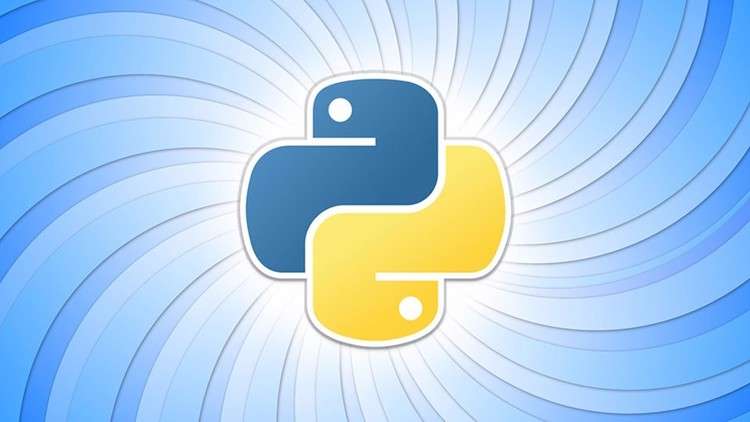
Python Fundamentals: A Comprehensive Guide to Coding with Python for Beginners
What you will learn
Create your own Python Environment
Create and Manage Variables and Numbers
Create and Manage Python List, Tuple, Set and Dictionary
Description
Welcome to my Python 3 tutorial where you’ll learn Python programming language from the ground up. This course is for everyone who wants to learn Python programming language from the beginning, so if you are an absolute beginner, don’t worry, I’ll teach you everything step by step. In this course, you’ll learn Python 3 fundamentals and you’ll be able to write a basic script. I have 10 years of experience in Python and I want to share this knowledge with you.
Why should you learn Python 3?
Python is an interpreted, high-level, general-purpose programming language built for nearly every purpose. It is easy to learn, simple to read and write in. This helps developers to work faster and more efficiently. There are a lot of giant companies like Google, Facebook, Instagram, Netflix, and others who decided to use Python for creating web sites, apps, and systems. You should be wondering why they chose this programming language among others?
Python stands out from the rest of the programming languages not only with its simplicity, but also with its speed. Coding with Python is even 5 times faster than using Java. That’s crazy! Also, this programming language is suitable for all types of platforms, so you can write code in Linux as well as Windows or MacOS. Moreover, Python has a large community of developers, so if you choose to learn Python 3 or some other version of Python, you will never be alone and always have a chance to learn or ask for help from a wide range of skilled professionals.
What will you learn in this Python course?
This Python 3 tutorial is your first step to the Python learning journey. You don’t need any prior experience to enroll in this course. I’ll start from the very beginning by teaching you how to set up the programming environment, how to download and install Python 3, Java SE Development Kit and PyCharm. I’ll show you everything step by step, so you’ll be able to do it with ease. When your programming environment will be ready to use, we’ll jump into more interesting things.
Let’s have a look at the main topics in this course:
- How to create and run your first Python project
- How to write a Python script
- How to add comments in your script
- All about Python variables (types, rules for naming variables, how to redefine them)
- How to create and manage Python numbers
- How to use strings in Python (empty string, string arithmetic operators, string indexing, string methods)
- How to create and manage Python list, tuple, dictionary, and set
After completing this Python course for beginners, you’ll learn Python 3 fundamentals and get a clear understanding of how to write a Python script.
Enroll in this course and learn Python 3 today!
If you want to learn Python fundamentals in less than 5 hours and understand everything from the environment set up to coding in Python, this course is the best option for you. I’ll explain to you every step in detail, so you don’t need to worry, you’ll learn Python in the easiest possible way. Are you ready to deep dive into learning? Enroll in this course now and start your Python learning journey!
Content